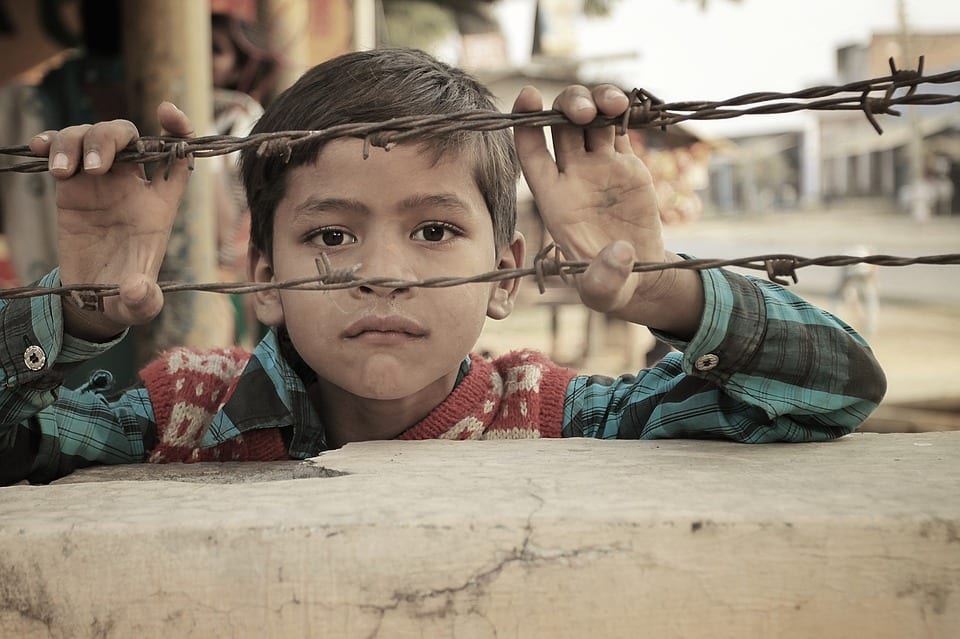It’s not news that children’s brains are extremely malleable, and that childhood circumstances can shape our psyches in ways science is just beginning to understand. It turns out that growing up poor is one of those things that can impact children far into adulthood by actually changing the structure of a child’s brain.
The conclusion comes from a long term analysis of hundreds of adolescent brains, and supports the idea that the socioeconomic status plays a role in the development of key brain areas that are responsible for learning, language, and emotional development.

Photo Credit: Pixabay
Researchers from the National Institute of Mental Health scanned the brains of more than 600 kids while they were between the ages of 5 and 25, then compared their brain scans with data on their parents’ education, occupation, and IQ.
The results show that preschool is a pivotal time when associations between socioeconomic status and brain structure begin to develop. The areas of the brain that are the most affected are the ones that control personality development and emotion regulation. Though the scientific community has known for a long time that childhood socioeconomic status affects cognitive development and mental health, this is the first time that changes to actual brain structure have been documented.

Photo Credit: Pixabay
The authors continued, “Early brain development is influenced by a child’s early life experiences and environment, which can vary depending on their family’s socioeconomic status, such as their parents’ income, education, and occupation. These factors have been shown to impact a child’s mental health, cognitive development, and their academic achievements.”
There are factors that cannot be controlled for in studies like this, since socioeconomic status is a complex construct and influences development in myriad ways. Researchers warn that their findings need additional context.

Photo Credit: Pixabay
“Our findings inform ongoing efforts to clarify the spatiotemporal patterning of SES-related neuroanatomical variation and its relation to cognitive outcomes such as IQ.” This link “represents only one possible set of interactions between childhood environment, anatomy, and cognition.”
Though this information is interesting and supports some previous knowledge, as always with revelations about the human brain, there is more research needed.






